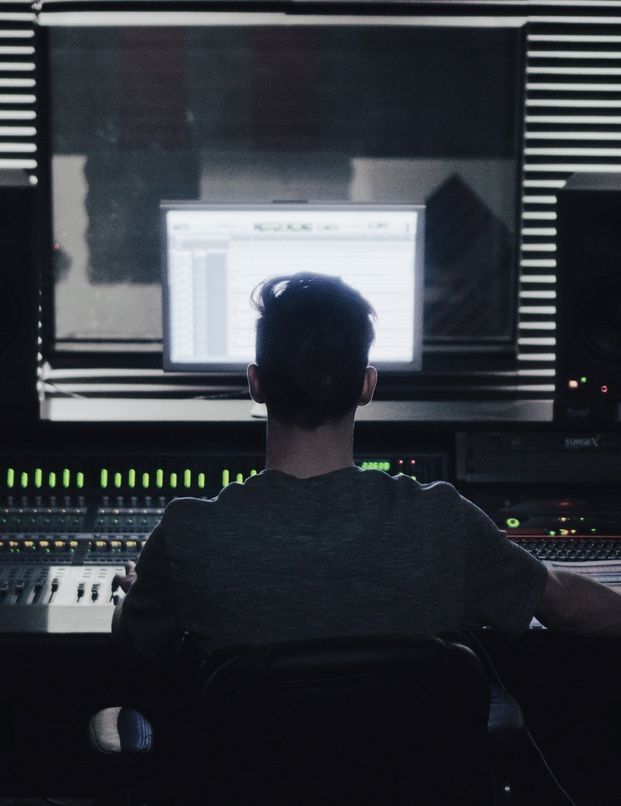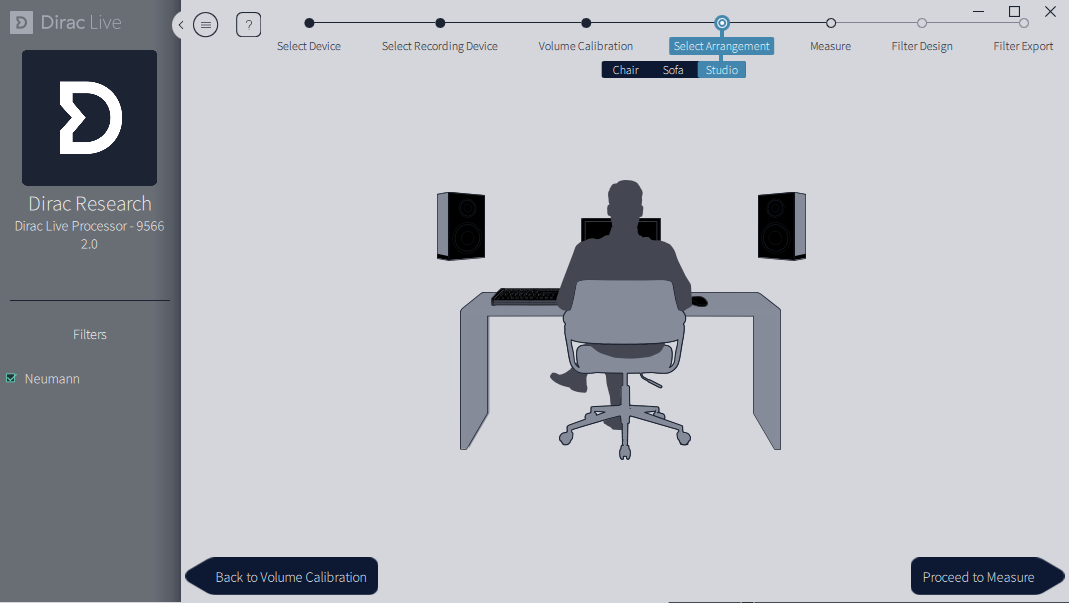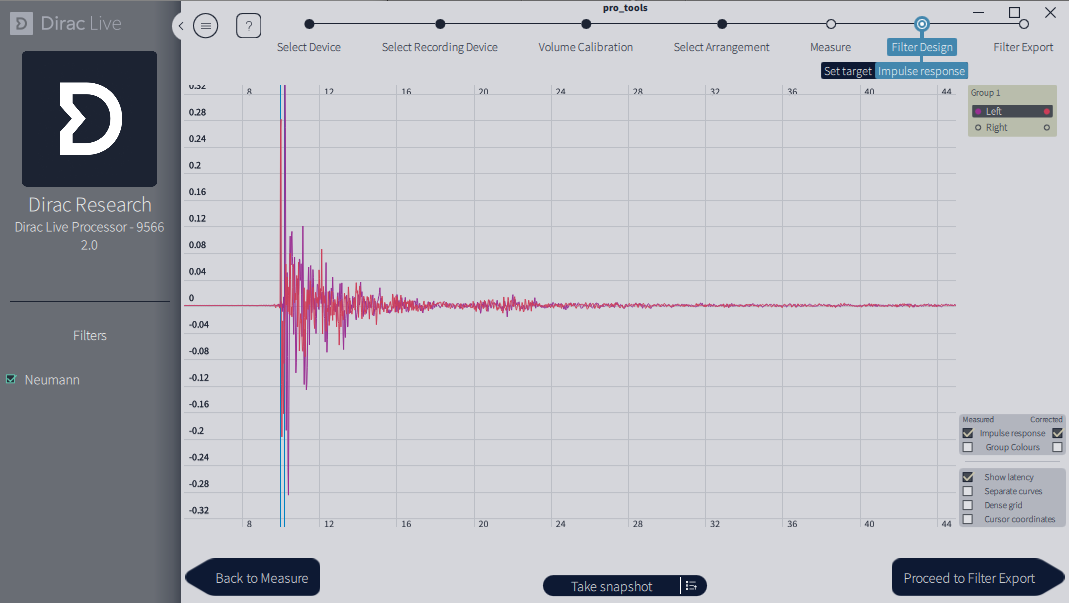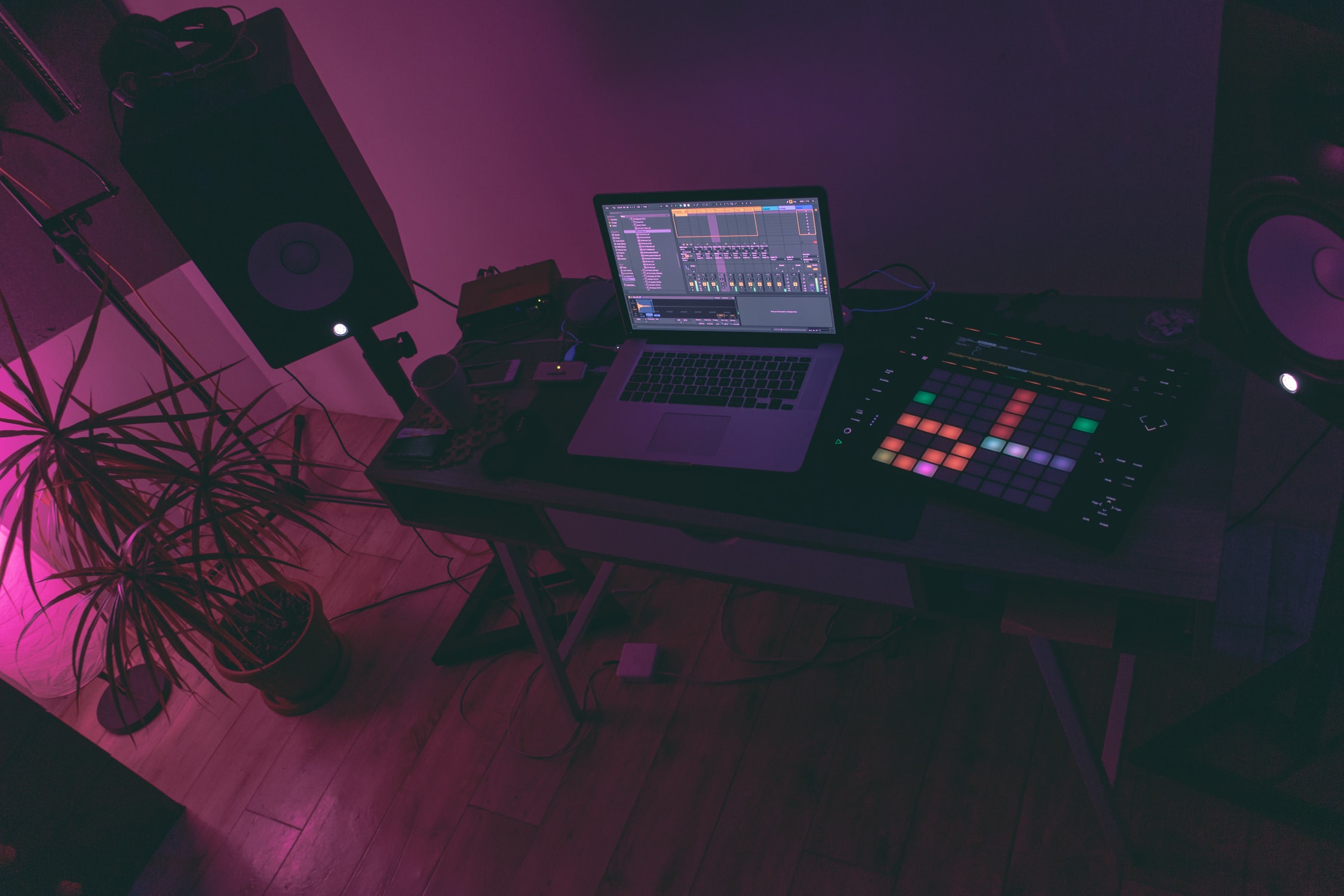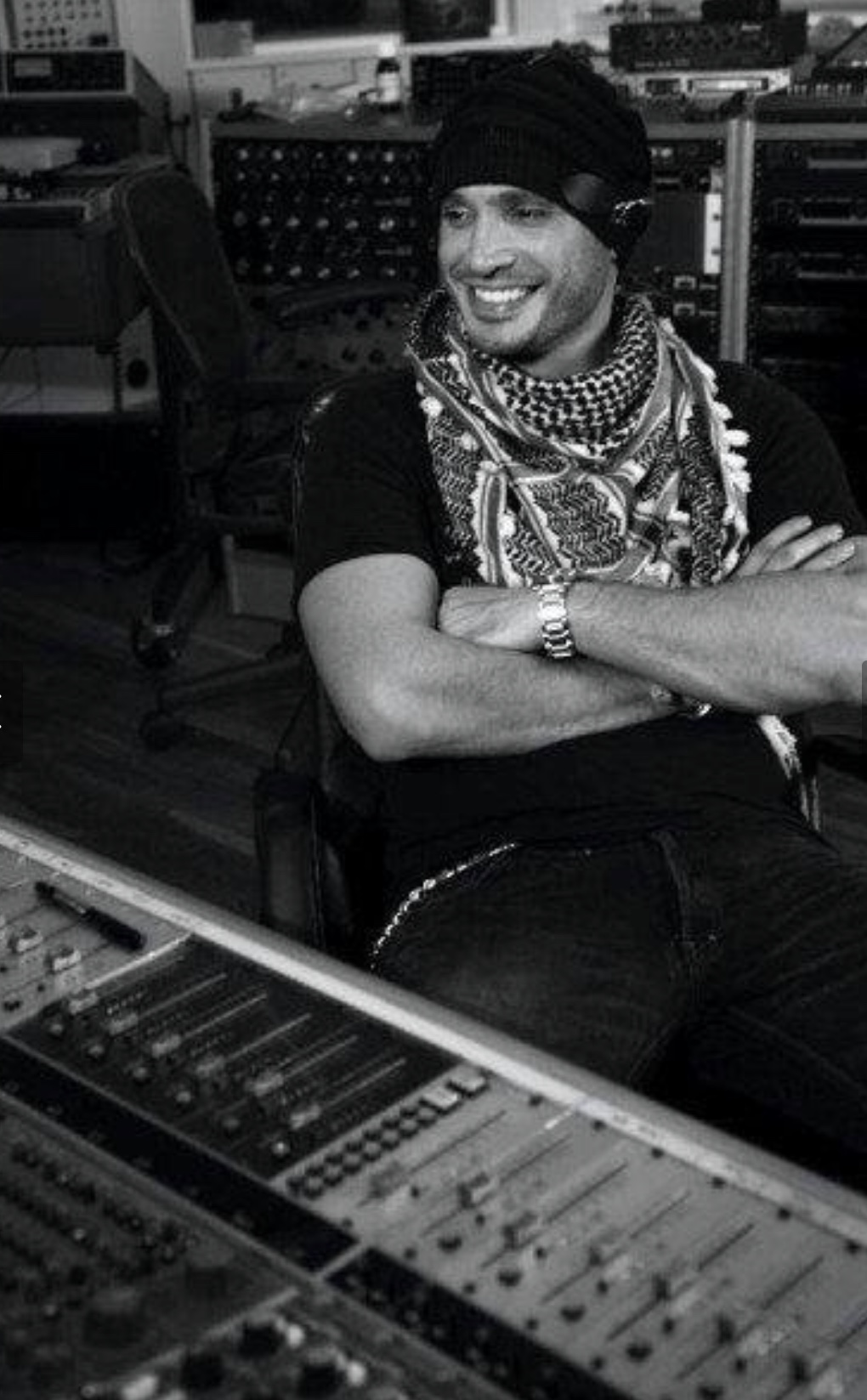Dirac’s reference room correction solution is well known in the home theatre world, so stepping into the recording studio market was a natural progression for the Swedish company. Headliner talks to Dirac to get to the heart of the company’s new phase.
Dirac recently stepped into the recording studio arena with the launch of Dirac Live for Studio. Having built a solid reputation over the last 10 years in the home theatre and hi-fi markets with its reference room correction solution (used by brands such as Arcam, Datasat, JBL Synthesis, NAD and StormAudio), the Swedish audio pioneer is expanding the application to include studio environments that, according to Dirac’s director of product management, Jakob Ågren, have long been plagued by the acoustical challenges Dirac Live corrects.
“Since 2010, Dirac Live has enabled the world’s finest hi-fi and home theatre systems to achieve their full potential,” Ågren begins. “However, as Dirac Live increased in popularity and critical-acclaim, we repeatedly heard from the pro audio community that such a solution was needed in the studio.”
Studio engineers and producers are well aware that the physical space in which speakers are placed affects the final sound; the walls, ceiling, furniture and more interact with sound waves causing various acoustic issues – regardless of the equipment that’s used. For instance, certain frequencies can be amplified while others are weakened, and the sound stage can deteriorate.
Traditionally, acoustic room treatments have been used to address these issues; however, Dirac has found that this method takes substantial resources and time, and still fails to resolve some of the key acoustical challenges.
To combat this, this new studio-specific technology tackles both the frequency and time domain problems to significantly reduce the room’s impact on studio sound – thereby improving the accuracy of sound reproduction in studio environments.
This is particularly important during the editing process, as it ensures that producers are faithfully experiencing the complete recording – unaffected by the room itself – so they can most effectively mix and master it.
